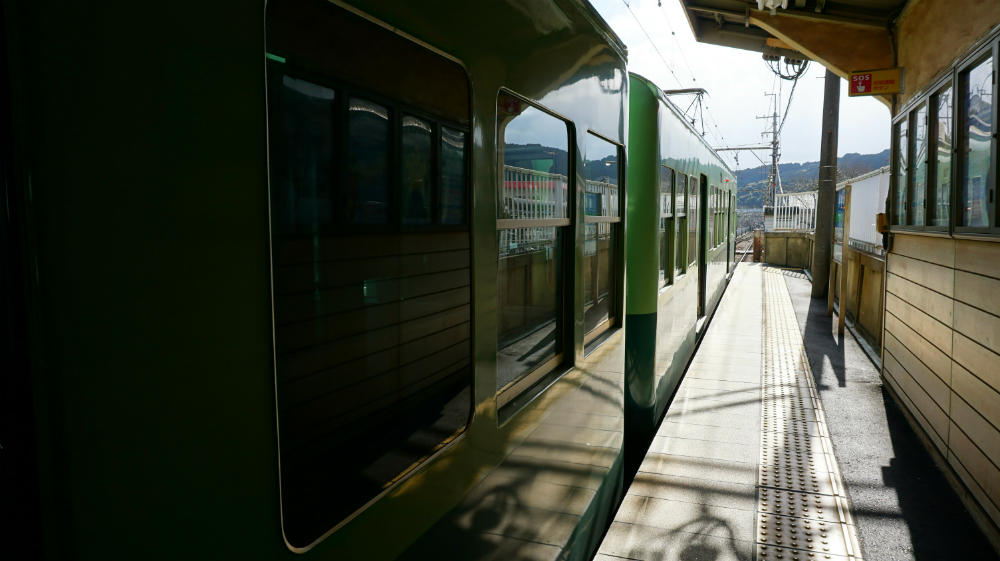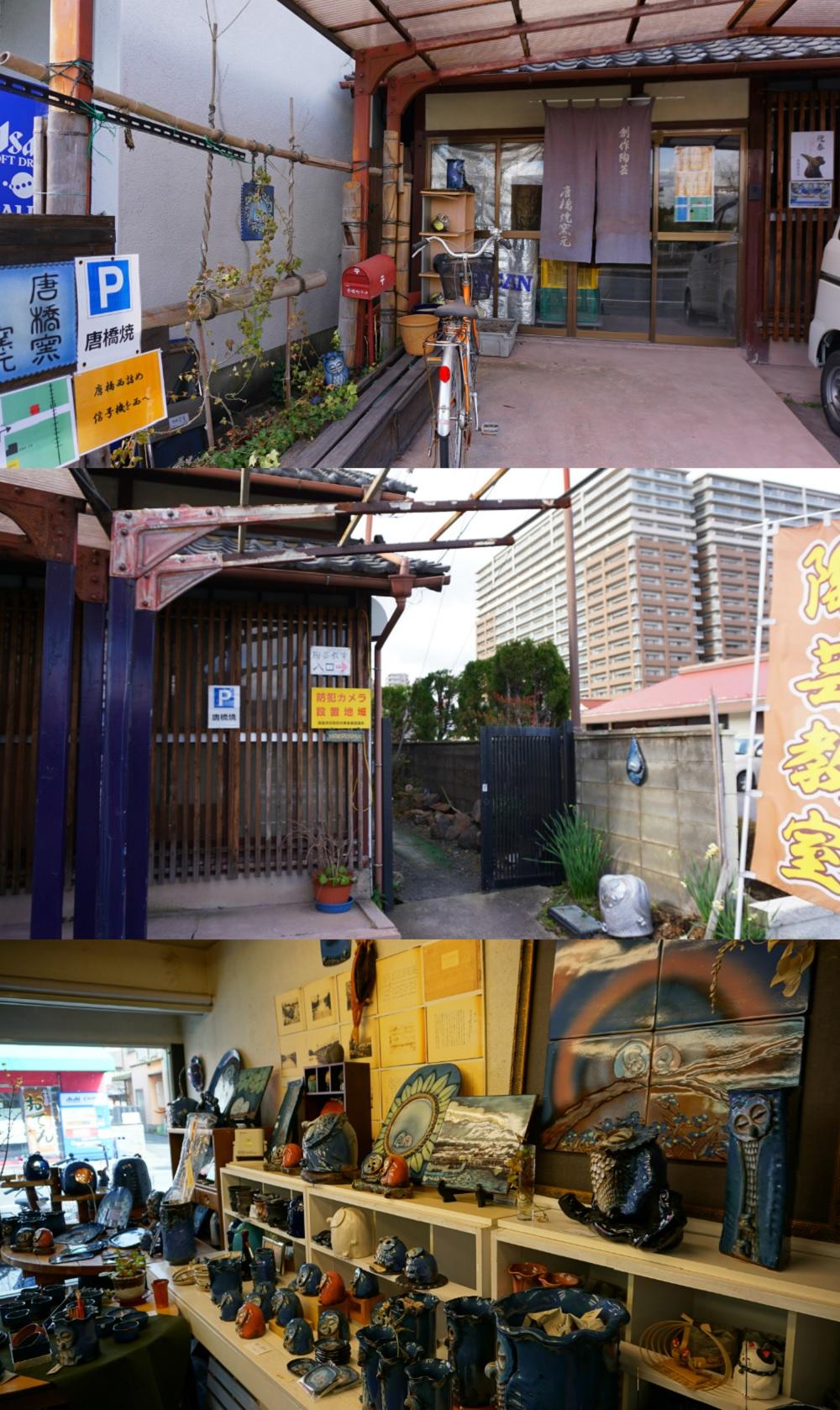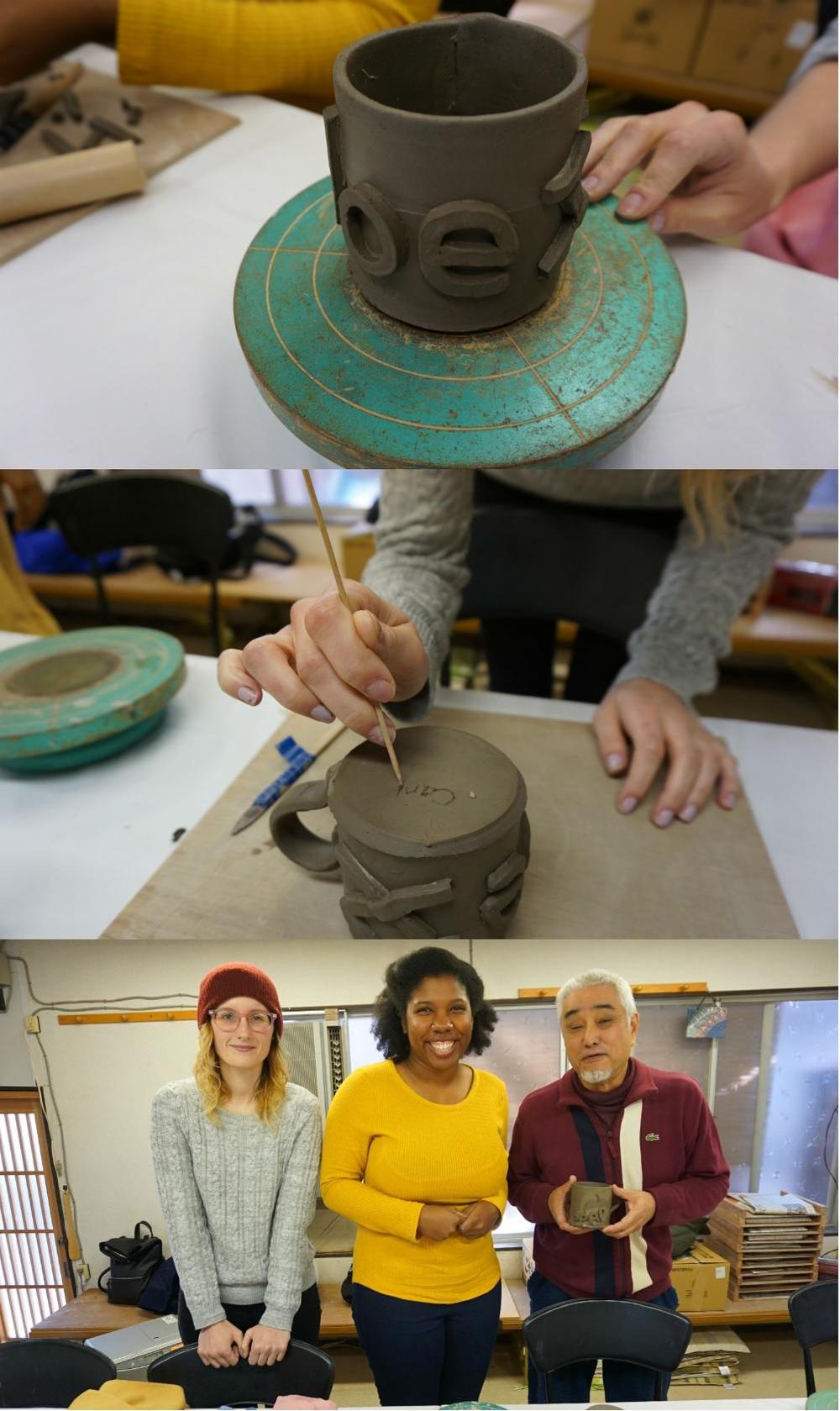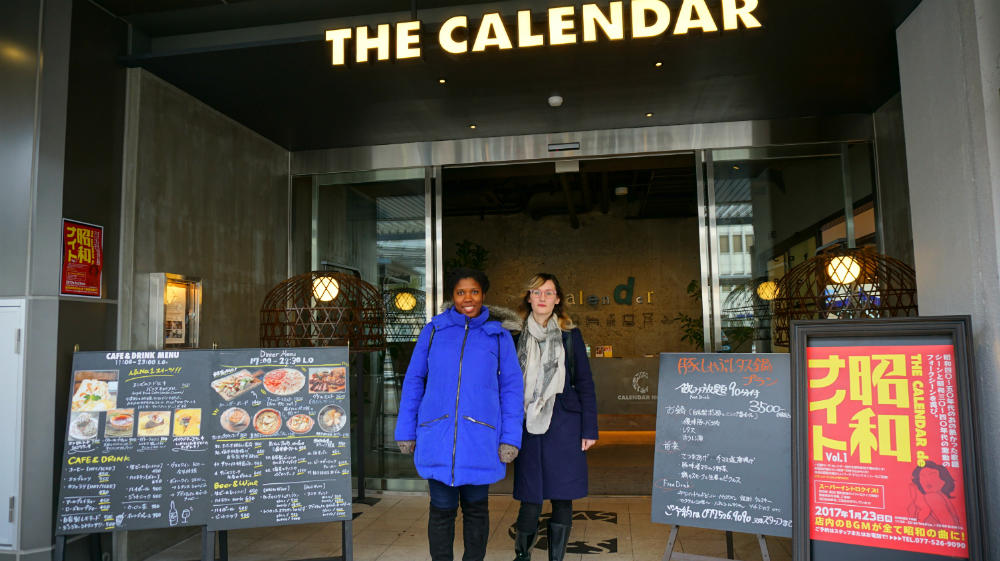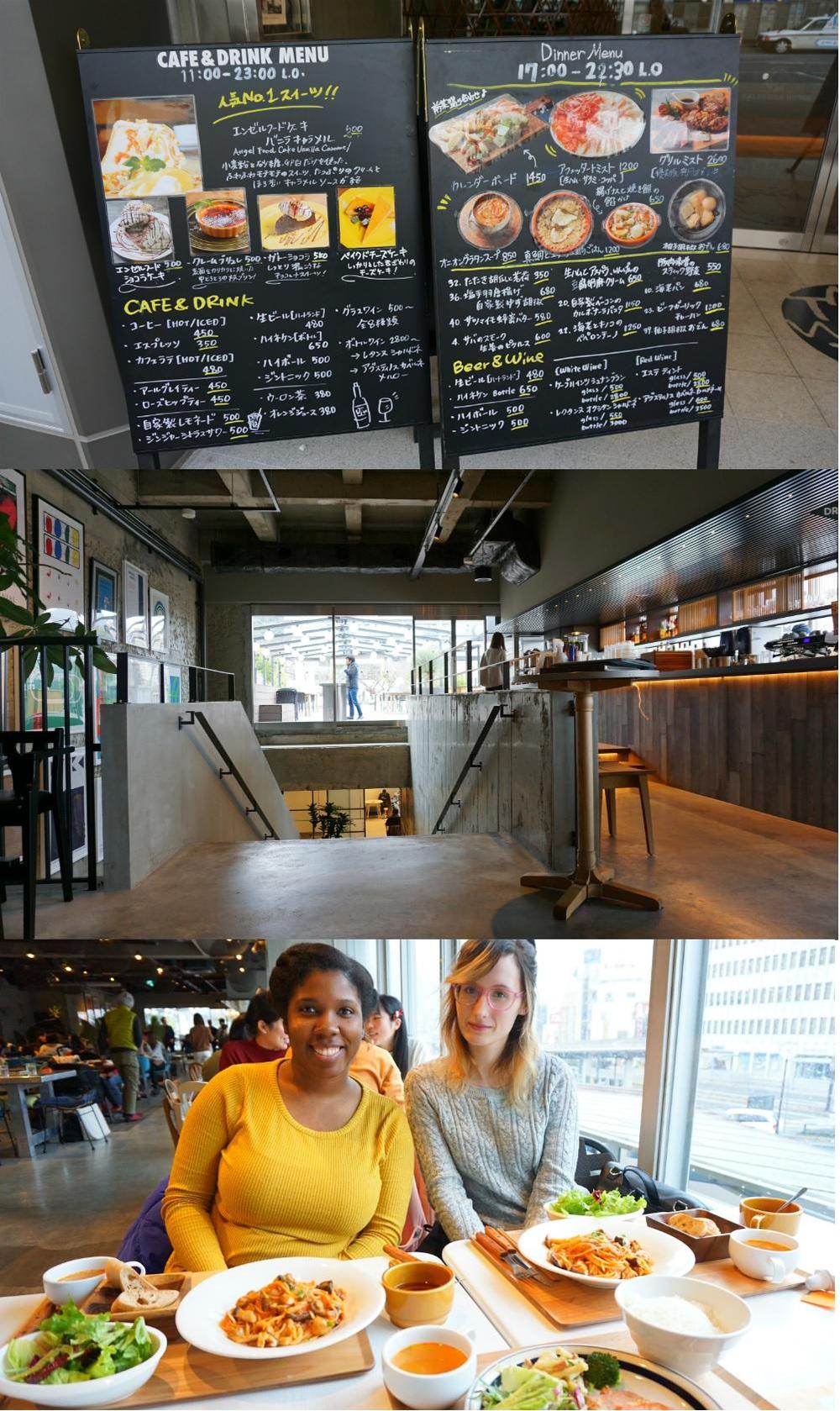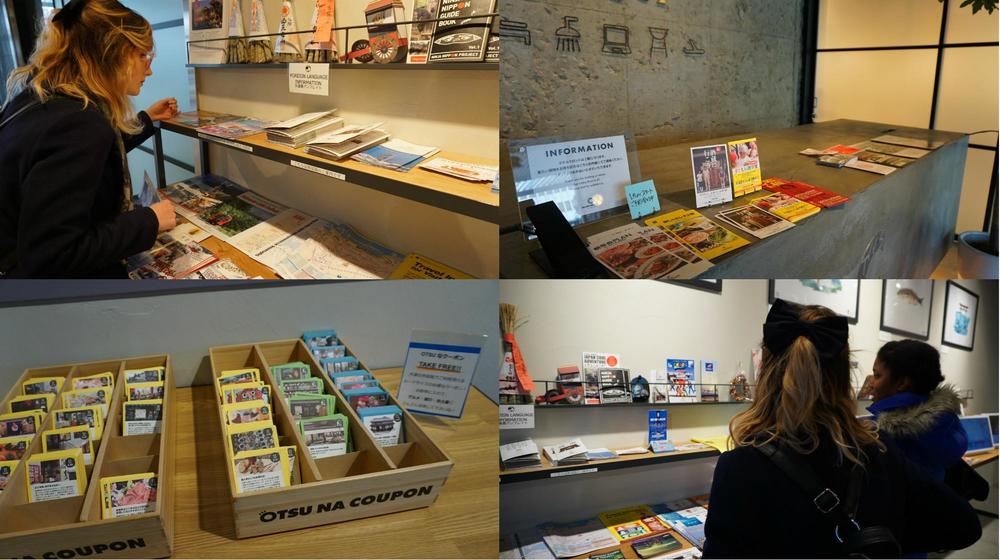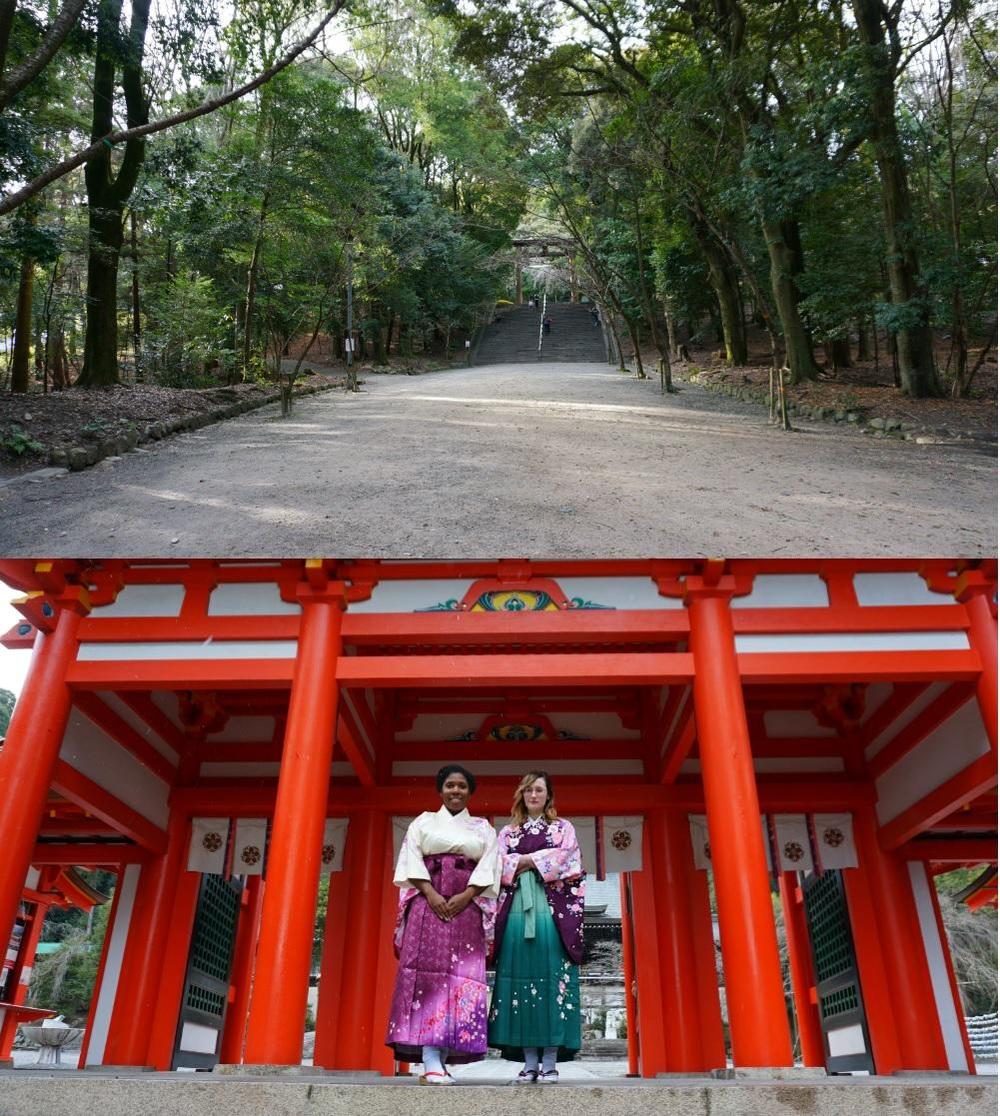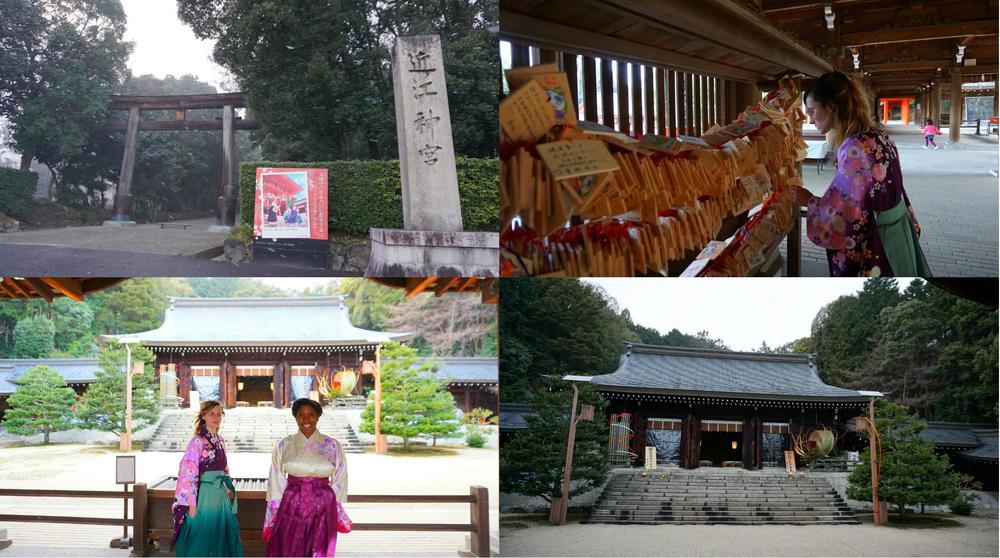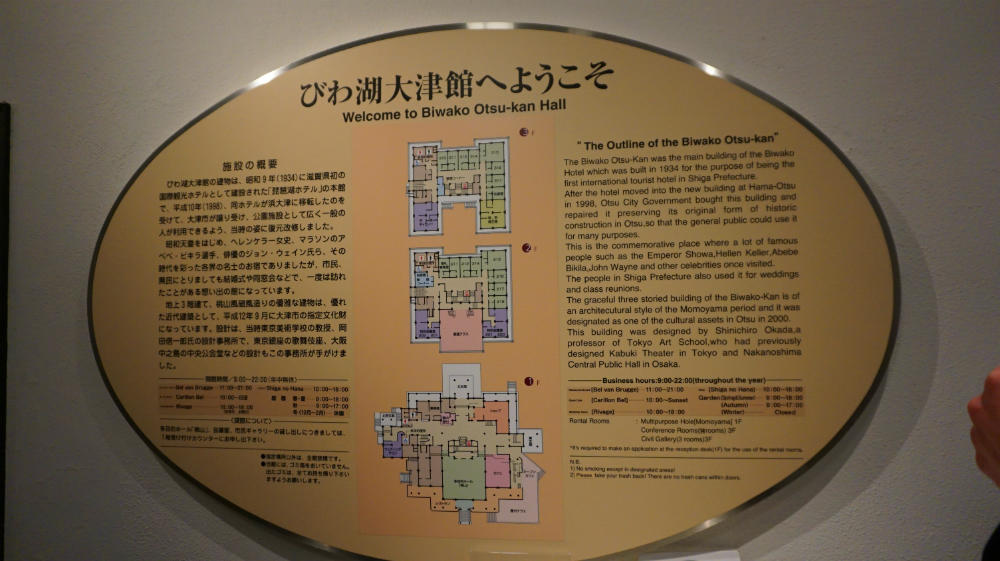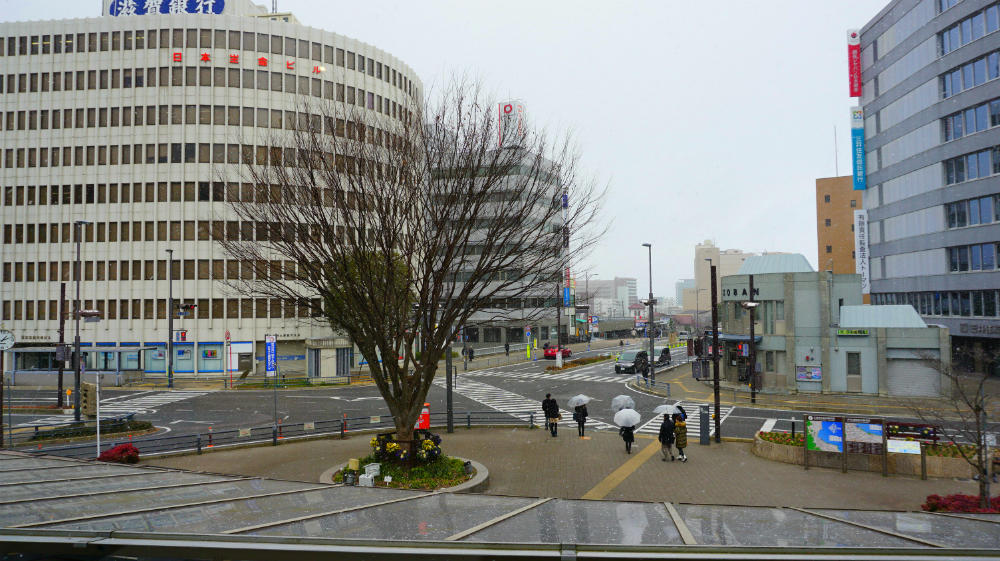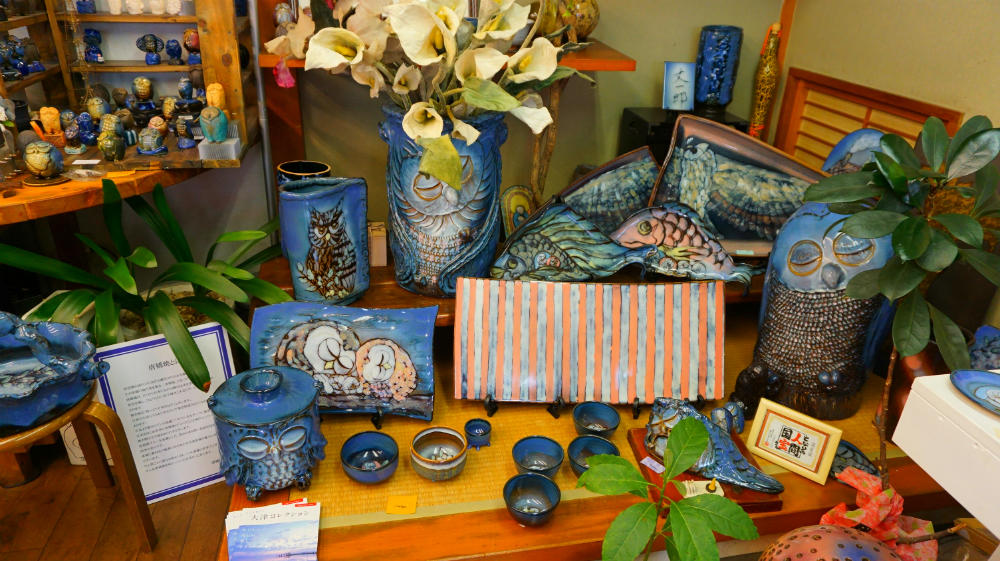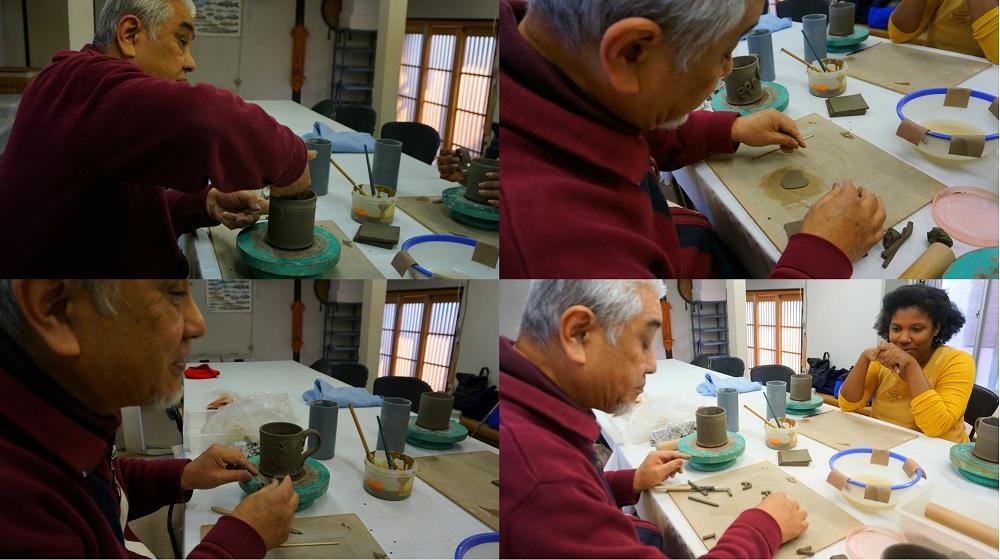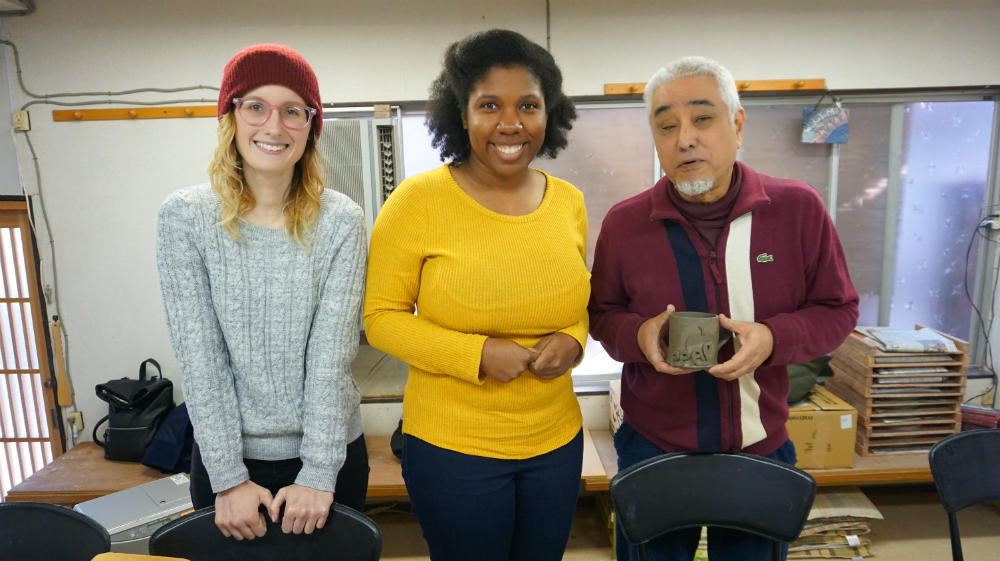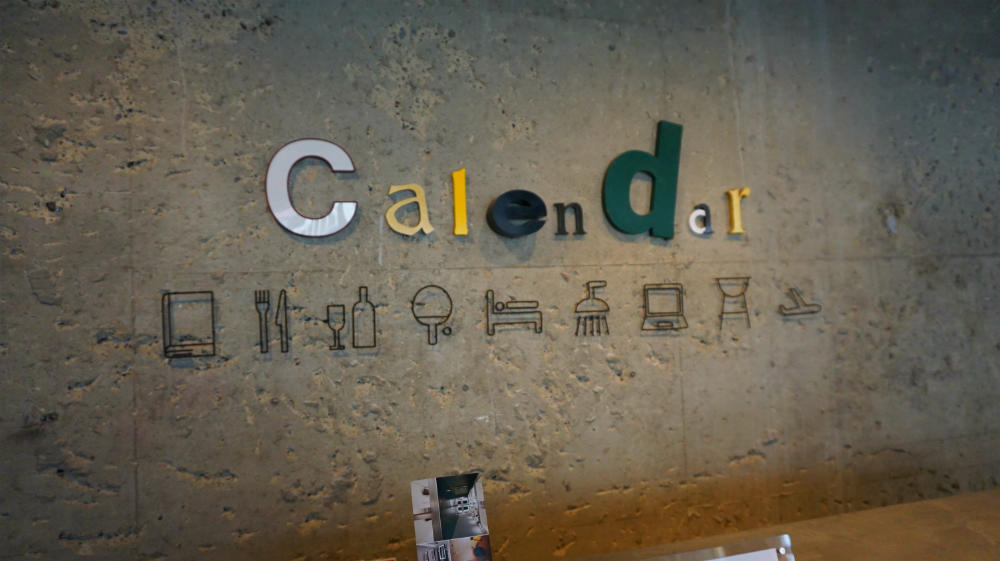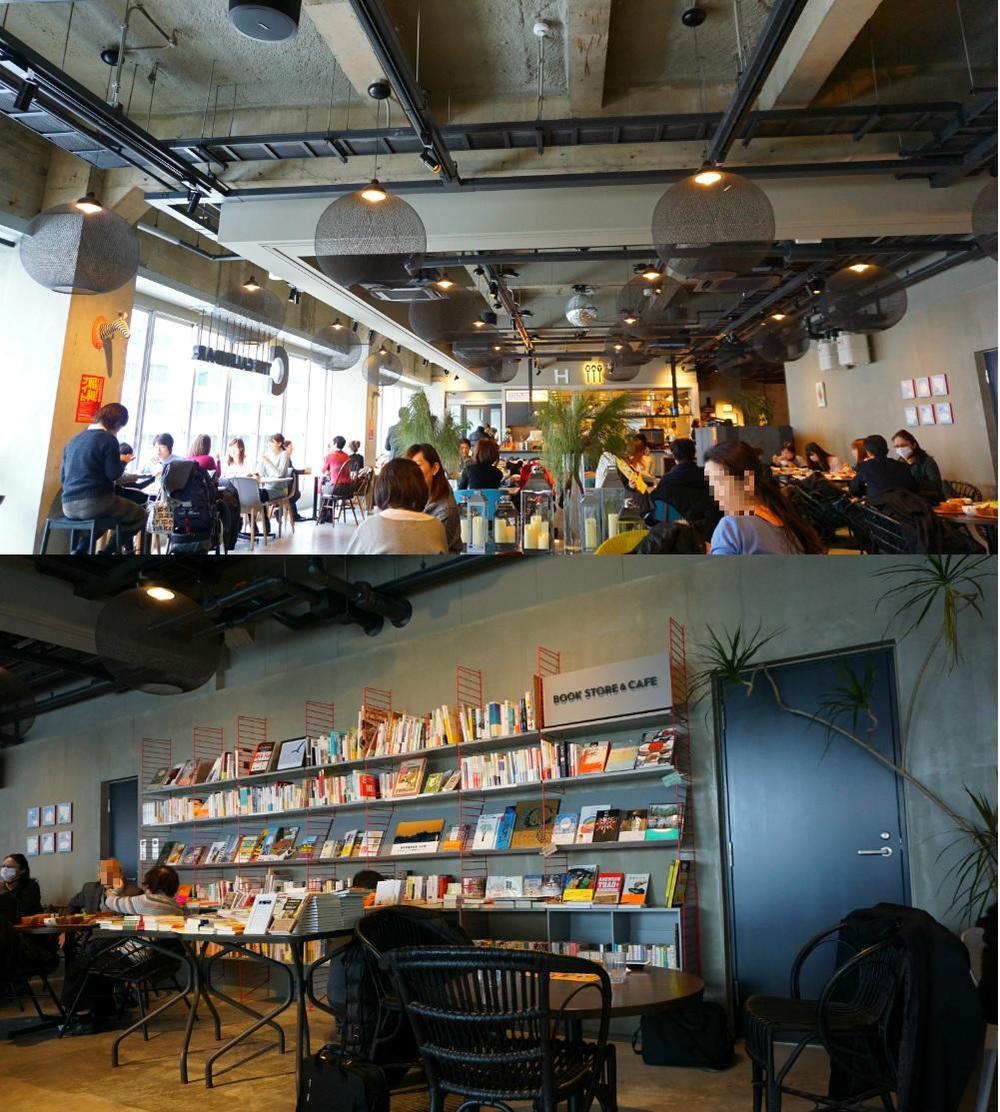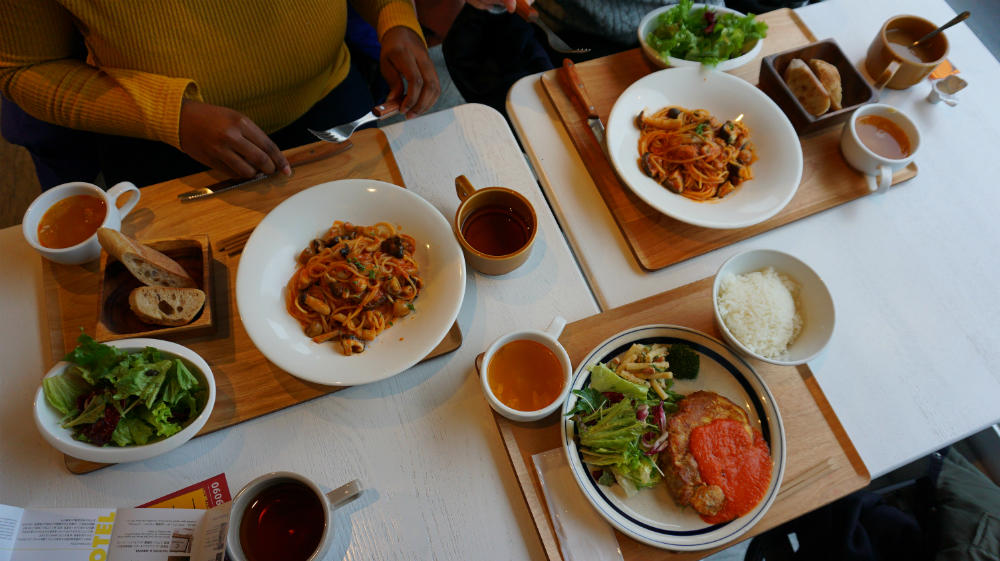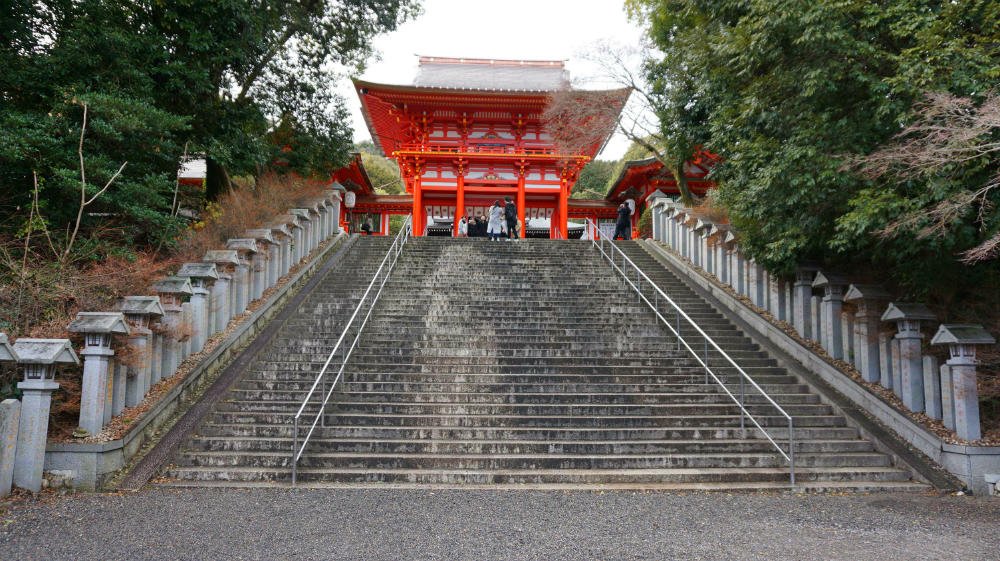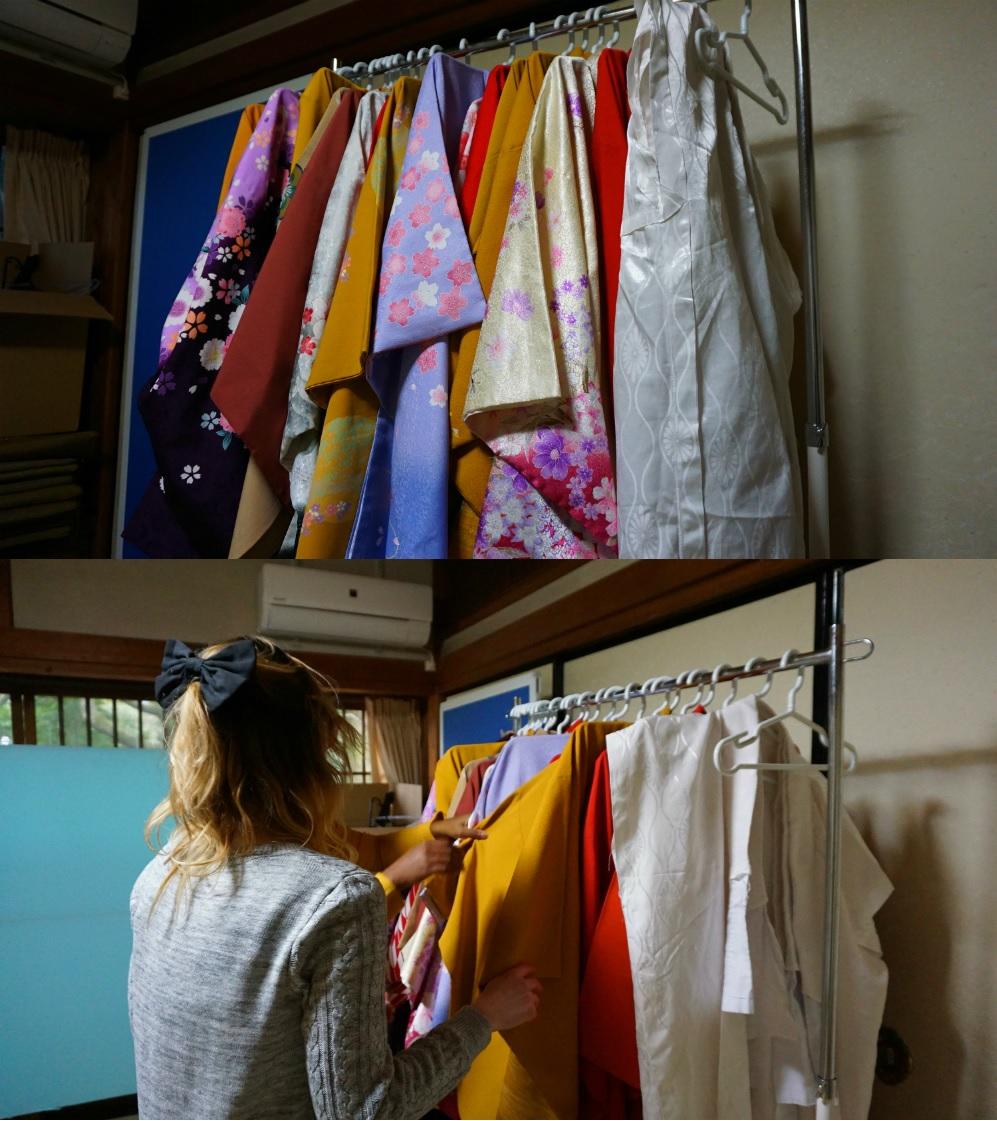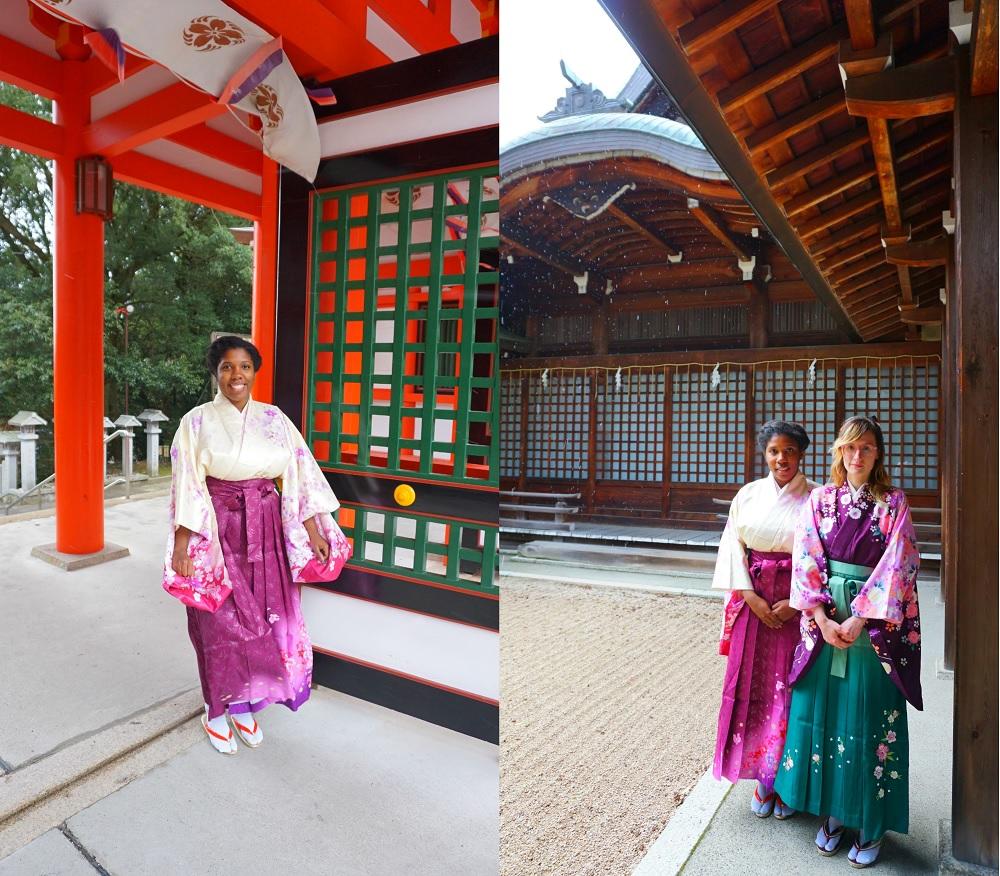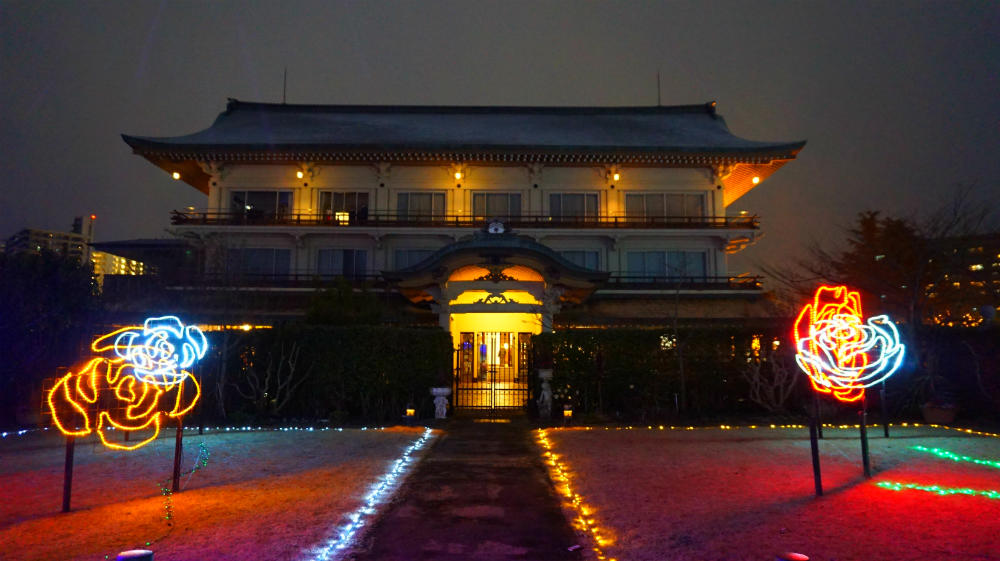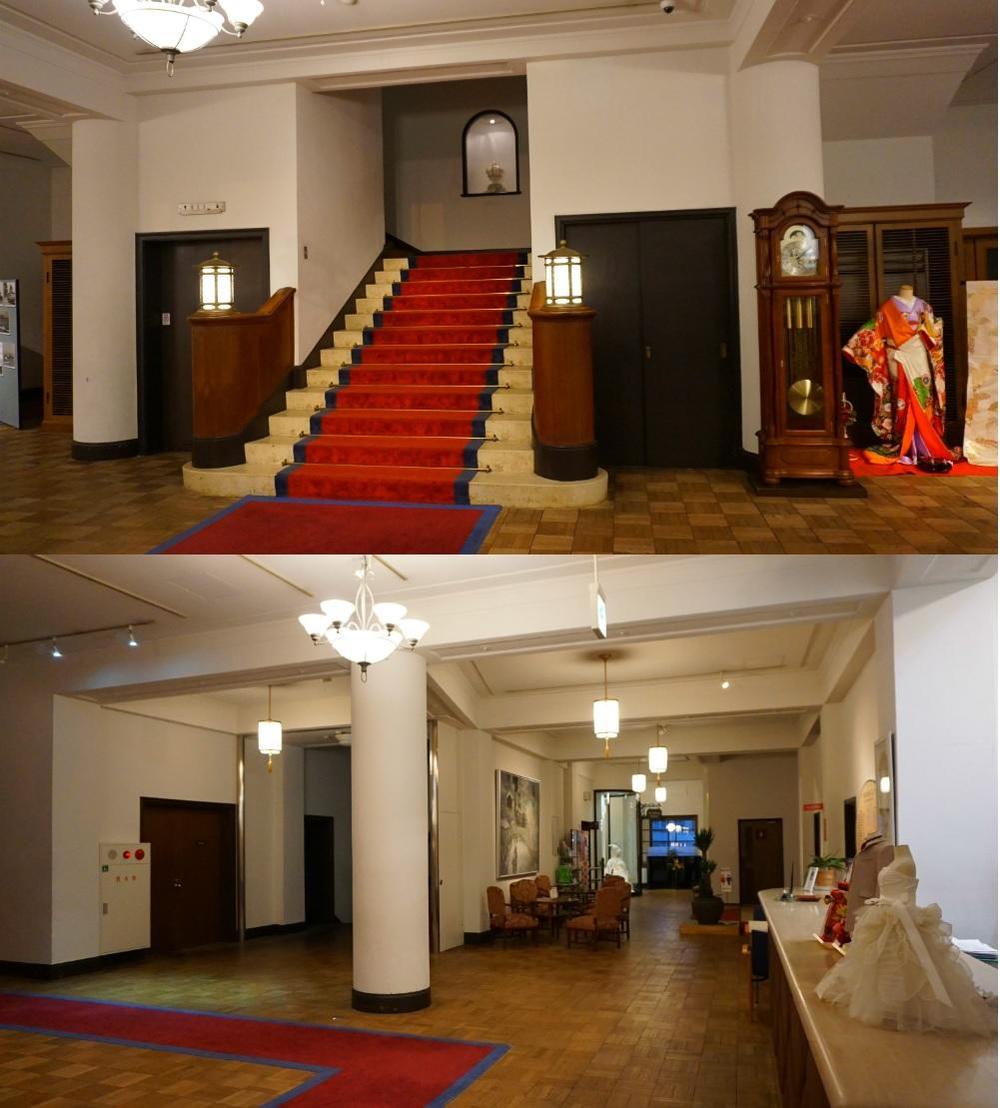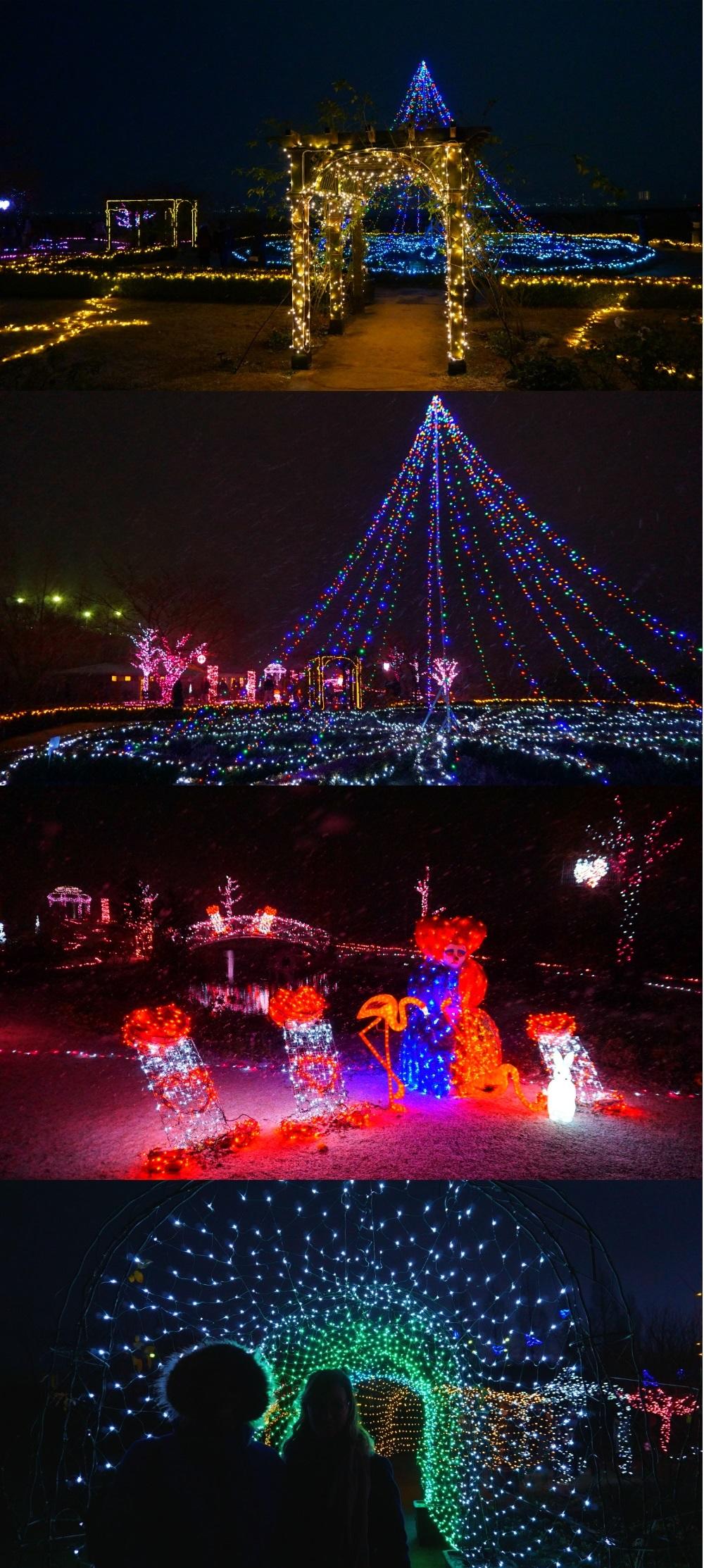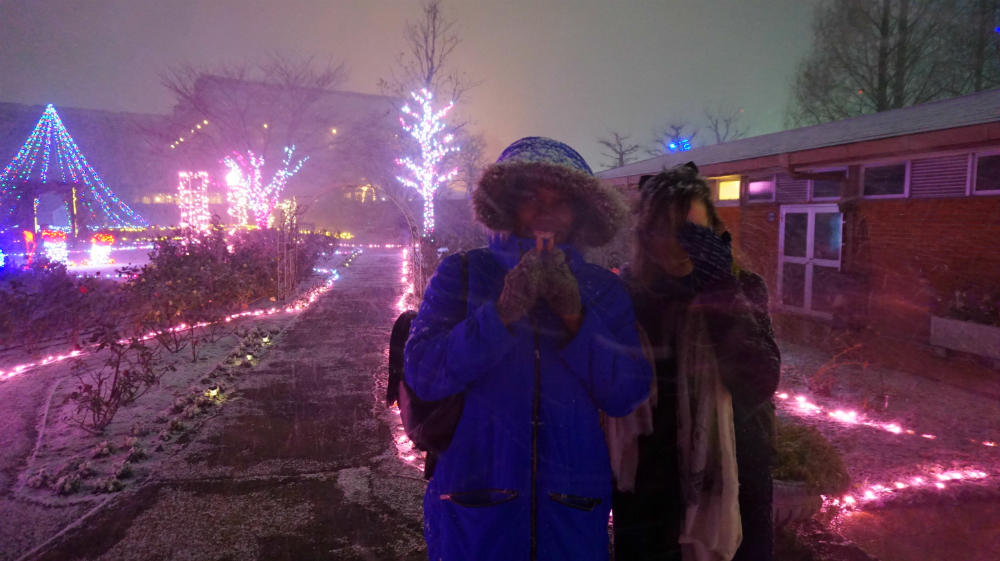Trip report in Portuguese is here
I have been to Sunai no Sato a few times and every time has always been surprisingly different. The place is located next to the mountains, which is definitely a selling point to me, and gets especially beautiful during autumn, but even more when it snows. After living in Japan for a few years I came to abhor the ever so popular "you can enjoy the four seasons" type of ads, but believe me, it really deserves a visit at least once per season and not only because of the nature.
One of interesting aspects there is the traditional houses turned into restaurants, classrooms for handcrafts and traditional sweets, stores and a tea ceremony room, proving that it is indeed possible to maintain this kind of buildings, keep its atmosphere and still make them convenient enough to use today.
To get there we went first to Ishiyama station, where we hoped into a free shuttle bus to Sunai no Sato. The trip takes about 20 minutes. Getting off the bus at the parking lot, we met our guides and went to the first stop of our trip, a place called Irori Chabo.
Specially on this day they would do mochitsuki, a traditional way of making mochi (pound rice cakes) using a japanese stomp mill and pestle that looks a lot like a wooden mallet. As incredible as it sounds, in 5 years of Japan I have never tried mochitsuki, and could finally try my hand at it. Although I was a bit worried, doing my best not to hit the person folding the rice inside the mill, everything went fine and I really enjoyed the whole thing! (Nothing like hitting something with a mallet to relieve your stress.)
After it, we ate the freshly pounded mochi with kinako (toasted soybeans sweet flour), tsuboan (sweet azuki beans) and oroshi (grated radish).
The warm, freshly pounded mochi had an exquisite texture, soft and chewy, that goes along perfectly with the toppings. Although I liked all of it, I must admit the oroshi version, which I never had with mochi before and was delicious, pleasantly surprised me.
After getting our bellies stuffed, we walked to Santokuen, where the stores, classrooms for crafts / sweets, and tea ceremony room are located.
Our guides then gently helped us during our next activity: making mochibana, an ornament made traditionally during New Year's to pray for good harvest and happiness. Each of us received a branch of yanagi (willow) and some white and pink hot mochi. The process is rather simple, and you just need to cut small pieces of mochi and use it to decorate the branches.
When finished, they look l covered in flower buds, turning it into a beautiful ornament you can bring home. Since we were talking to the staff while we made, time really flew by and we had a lot of fun.
Last, we also participated on a tea ceremony. Their main idea is that you can enjoy tea in a very relaxed atmosphere, without being worried with all the etiquette inherent to the traditional ceremony. The tea, delicious and velvety, is perfectly served and the tearoom itself is charming, with a view to the garden. The person in charge of the ceremony also explained to us their choices on apparel, sweets and the tokonoma decoration, which they choose according to the seasons.
We then said our goodbyes to the staff and took the free bus back to Ishiyama. On the short trip back, I felt I must come back, if not for the snow, at least in March, when the Ume flowers are in bloom.
(By Rodrigo Brinca)
